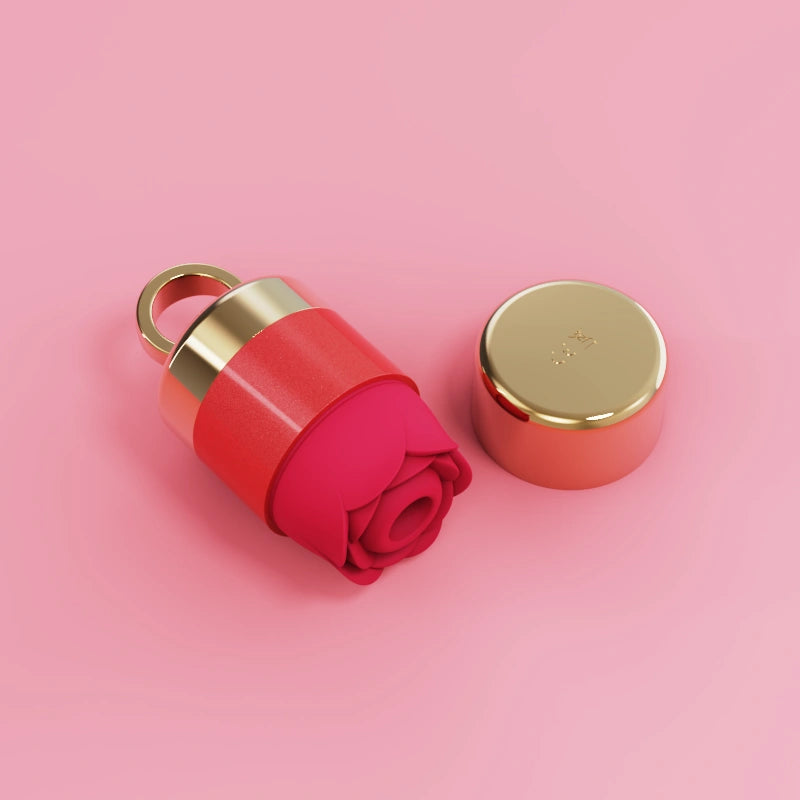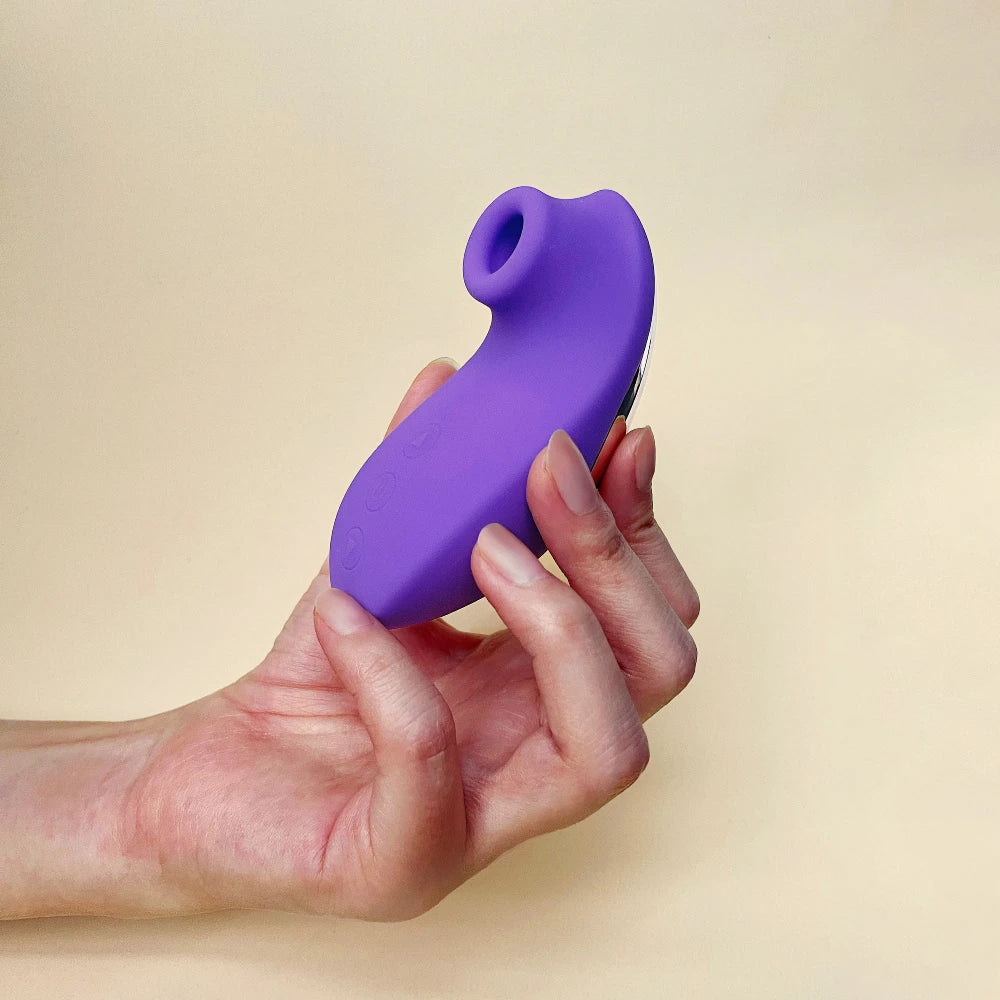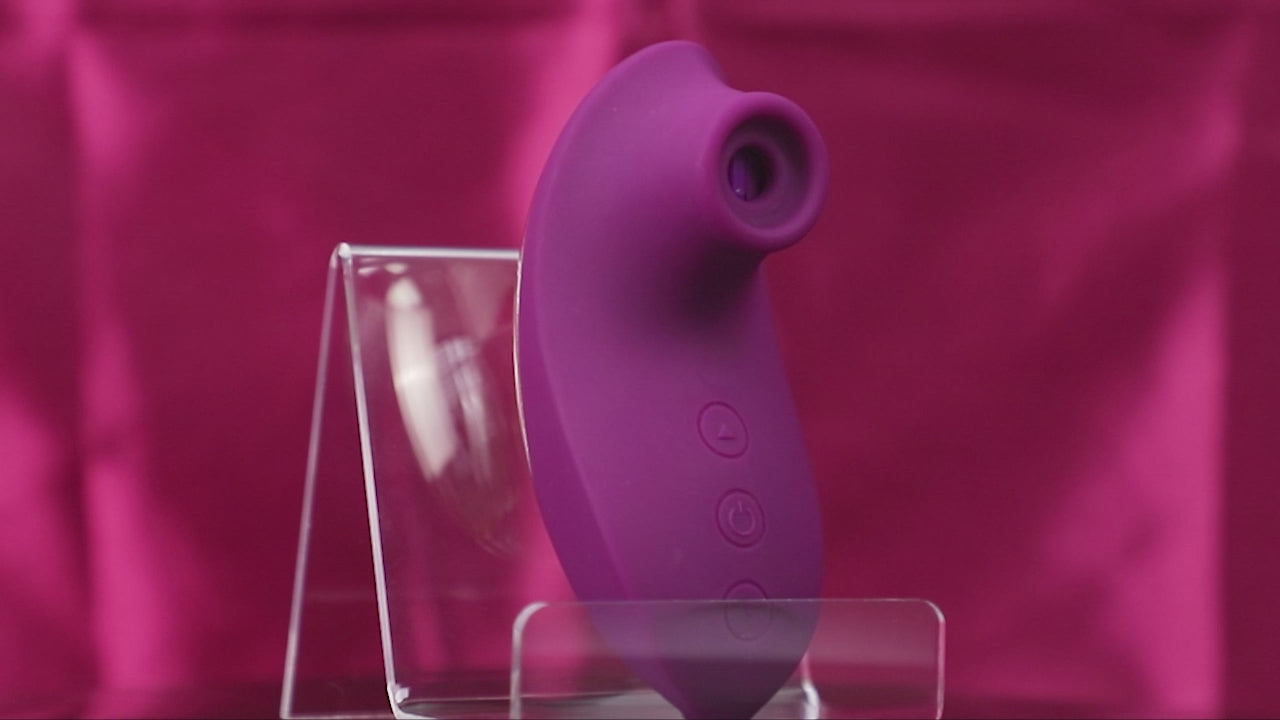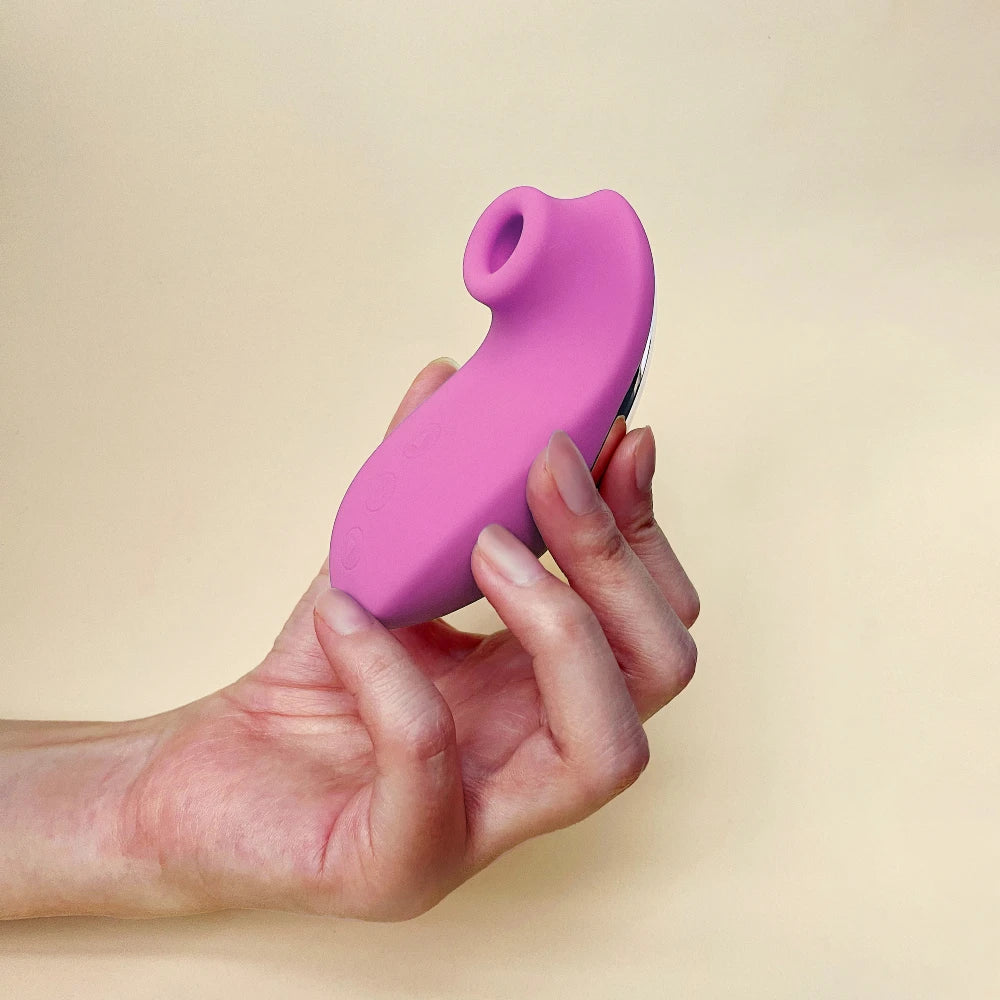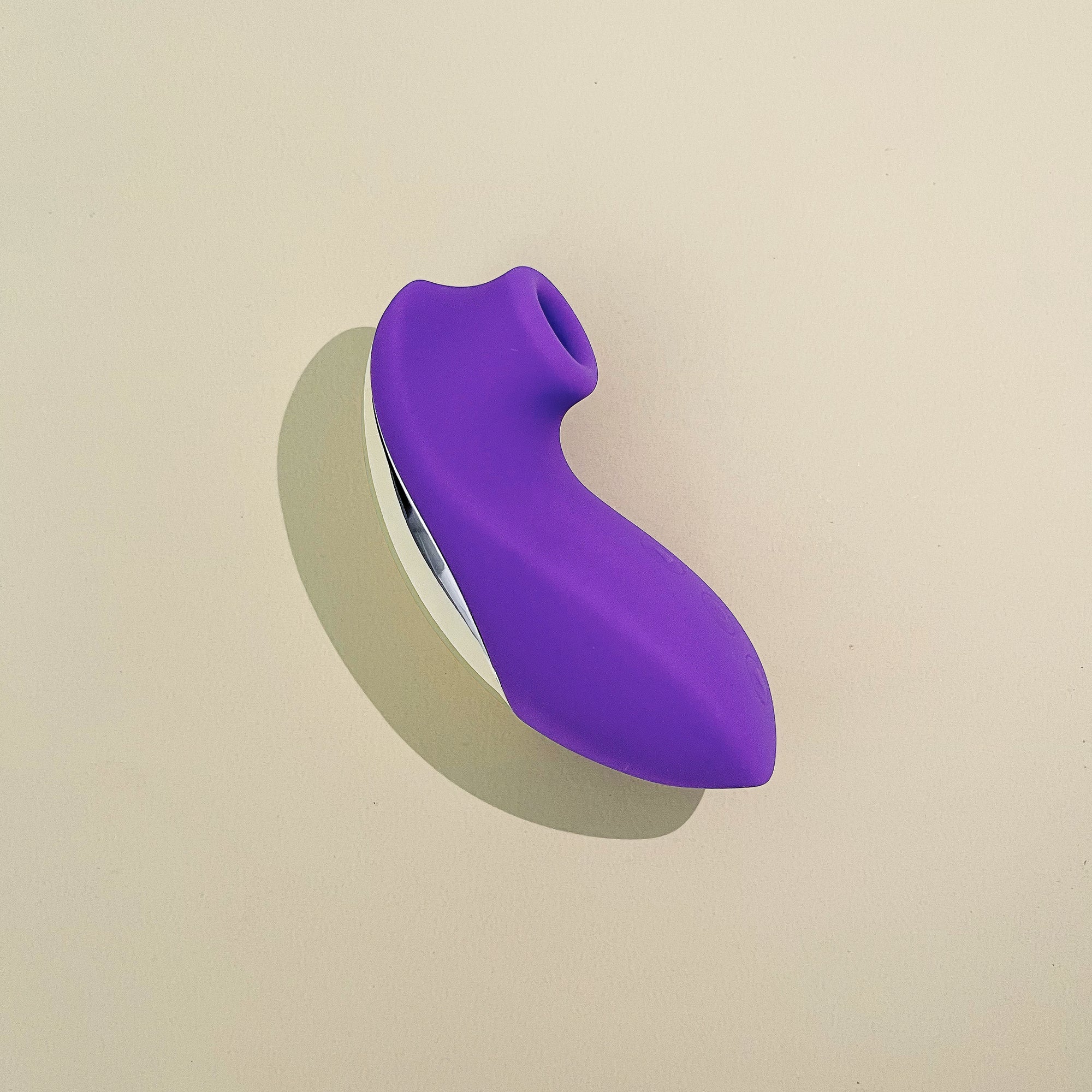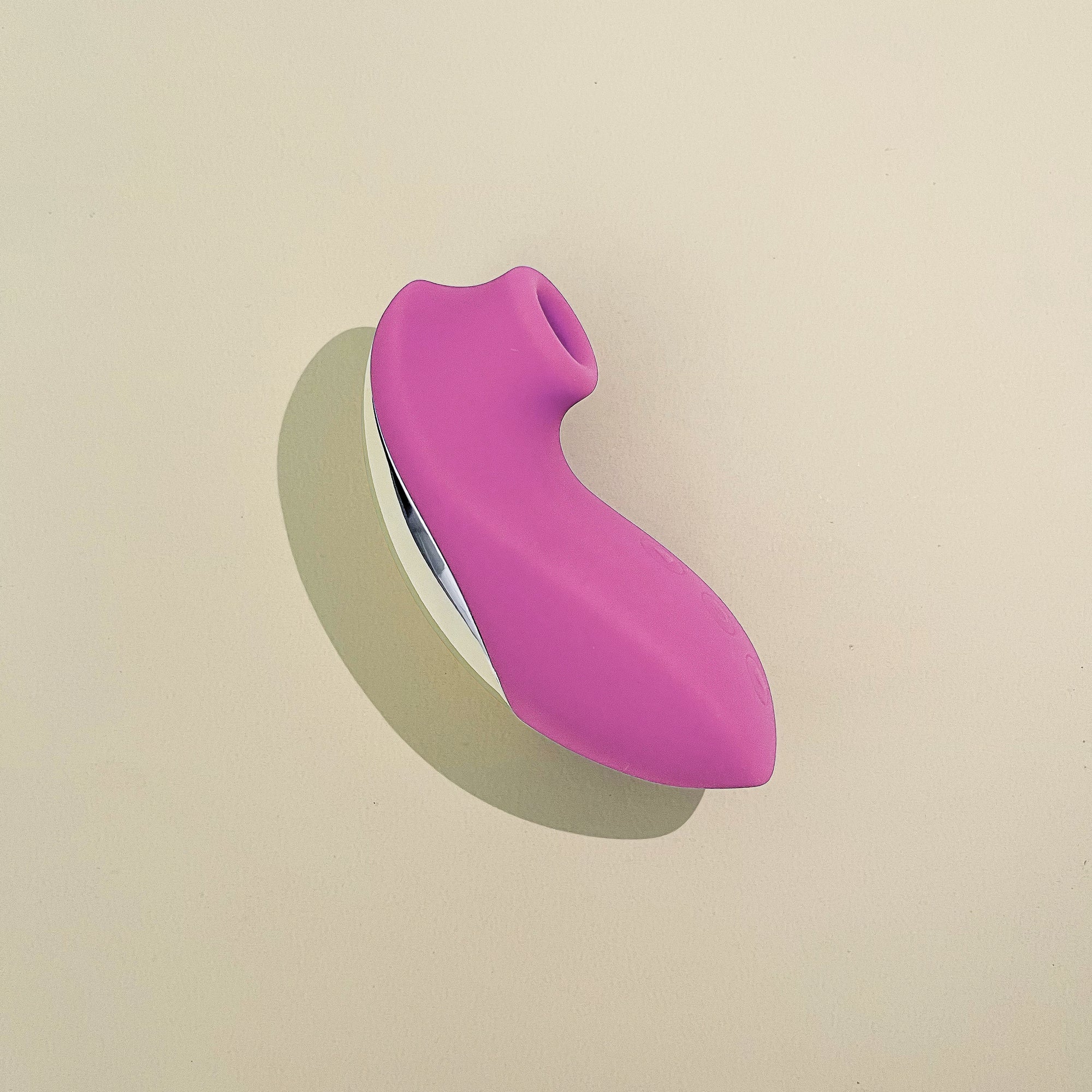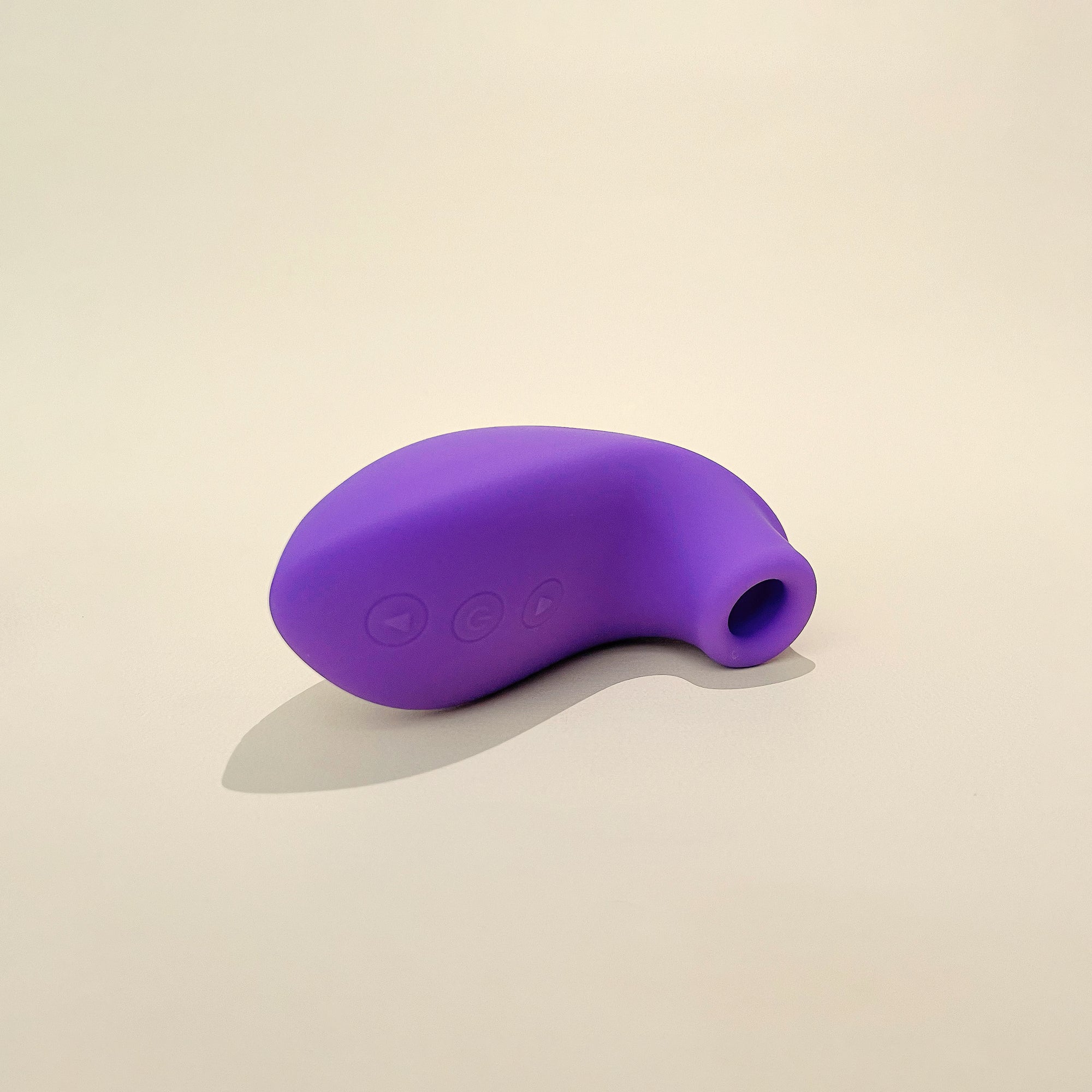Lingerie is more than just undergarments; it's a form of self-expression, a confidence booster, and a reflection of societal shifts. The history of lingerie is a fascinating journey that mirrors women's changing roles, from restrictive corsets designed to mold the body to the comfortable and empowering styles of today. It's a story of liberation, innovation, and the celebration of the female form. This journey from corsets to crotchless panties tells us a lot about how far we've come in embracing both comfort and sensuality.
The Age of Restriction: Corsets and Chemises
For centuries, women's underwear was primarily about function and societal expectation rather than comfort or personal expression. The earliest forms of lingerie can be traced back to ancient Greece and Rome, where women wore a band called a strophium to support their breasts. However, the undergarments that dominated for centuries were far more restrictive.
The Reign of the Corset
From the 16th century onwards, the corset became an indispensable part of a woman's wardrobe. Initially known as "a pair of bodies," these garments were designed to create the fashionable silhouette of the era—a small waist and a lifted bosom. Made with materials like whalebone or steel, corsets were often painfully tight, with some women cinching their waists to a mere 16 or 17 inches. This extreme constriction could even lead to fainting. The primary purpose was to alter the outward shape of the body, reflecting a time when a woman's appearance was heavily dictated by societal norms.
Beneath the Layers: Chemises and Petticoats
Underneath the corsets, women wore chemises or shifts, simple linen or cotton garments designed to protect their outer clothing from sweat and body oils. Multiple layers of petticoats were also worn to create volume under skirts. Interestingly, for a long period during the Middle Ages and Renaissance, women did not wear any form of panties or drawers; it was considered masculine for women to wear garments that were divided.
A Shift Towards Freedom: The 20th Century Revolution
The turn of the 20th century marked the beginning of a significant transformation in the world of lingerie. As women's roles in society began to change, so did their underwear. The suffragette movement and women entering the workforce during World War I created a demand for more practical and less restrictive undergarments.
The Birth of the Brassiere
The cumbersome corset slowly gave way to more comfortable alternatives. In 1914, Mary Phelps Jacob patented the first modern brassiere, a lightweight and softer alternative that supported the breasts without compressing the entire torso. This invention was a game-changer, offering women newfound freedom and comfort. Throughout the 1930s and 40s, bras continued to evolve with the introduction of padded cups and underwires, designed to enhance and shape the bustline.
From Girdles to Garter Belts
While corsets faded, the desire for a smooth silhouette remained. Girdles, made from elastic-type materials, became popular in the 1920s, offering shaping with more flexibility than the rigid corsets of the past. Stockings were held up by garter belts, adding a touch of allure that would later become a staple in sexy lingerie. This era saw a move towards lighter, more breathable fabrics and a focus on functionality, but the seeds of lingerie as a form of seductive expression were being planted.
Lingerie as Empowerment and Self-Expression
The latter half of the 20th century saw lingerie break free from its purely functional roots. The social and sexual revolutions of the 1960s and 70s brought about a radical shift. The focus moved towards a more natural female form, and underwear became smaller, more comfortable, and more varied.
The Rise of "Sexy Lingerie"
The 1980s heralded a return to more luxurious and provocative styles, with lacy teddies and bustiers becoming popular. Lingerie was no longer just something to be hidden; it became a tool for empowerment and a way for women to feel confident and sensual. The concept of "underwear-as-outerwear" also emerged, blurring the lines between private and public attire. Today, the variety is endless, from delicate lace pieces to daring crotchless panties, allowing women to explore their sexuality and express their personal style.
This evolution in lingerie reflects a broader cultural shift towards celebrating female pleasure and autonomy. As undergarments became less about restriction and more about expression, the tools for self-pleasure also evolved, moving beyond the taboo and into the mainstream. Modern pleasure devices are designed with the female body and experience in mind, combining elegant aesthetics with powerful technology.
Take the Cupid Clitoral Massager, a perfect example of modern design meeting sophisticated function. Its chic, perfume-bottle appearance makes it both discreet and stylish, a beautiful object in its own right. But its true power lies within. The Cupid utilizes innovative Sonic Pulse Technology, delivering waves of pleasure that are deeper and more refined than traditional vibrations. With Dual-Motor Power, this clitoral massager offers intensified sensations, while its Body-Safe Silicone ensures a soft, safe, and skin-friendly experience. With 10 pleasure modes to explore, it’s designed to match every mood and desire, empowering you to discover new heights of pleasure.
Modern Lingerie and the Celebration of Pleasure
Today, the world of lingerie is more diverse and inclusive than ever before. There's a style for every body type, every preference, and every occasion. The focus is on finding what makes you feel good, whether that's a comfortable cotton bralette or a provocative lace set. This freedom of choice extends to all aspects of sensuality and self-love.
The Intersection of Beauty and Technology
Just as lingerie has evolved from purely functional to beautifully expressive, so too have personal pleasure products. The modern woman seeks items that are not only effective but also aesthetically pleasing and thoughtfully designed. The fusion of romantic design and innovative technology is where true magic happens.
The rose toy has become an icon in the world of pleasure, celebrated for both its beauty and its unique stimulation. It represents a shift towards toys that are not just functional but are also objects of desire themselves.
The IMINT Rose Toy embodies this philosophy perfectly. Its Romantic Design, shaped like an elegant rose, is both beautiful and discreet. But it’s the technology within that truly sets it apart. Featuring Pleasure Air™ Technology, this rose vibrator uses air pulses to create a completely new kind of stimulation. The unique Petal Vibration adds another layer, with each petal vibrating to deliver intensified sensations. To ensure you're always in control of your pleasure, the Easy-Ring Grip provides a secure, anti-slip hold for effortless exploration.
Conclusion: The Future of Lingerie and Self-Love
The history of lingerie is a powerful narrative of female liberation. From the restrictive corsets that dictated a woman's shape to the diverse and empowering styles of today, lingerie has mirrored our journey towards autonomy and self-acceptance. It has evolved from a tool of conformity to a form of self-expression, confidence, and sensual delight.
As we continue to embrace body positivity and sexual wellness, the future of lingerie and pleasure products looks brighter than ever. The focus will continue to be on inclusivity, comfort, and innovative designs that celebrate the female form in all its diversity. Whether it's through a piece of sexy lingerie that makes you feel incredible or a thoughtfully designed toy that unlocks new realms of pleasure, the ultimate goal is the same: to empower women to feel confident, sensual, and in control of their own bodies and desires.




